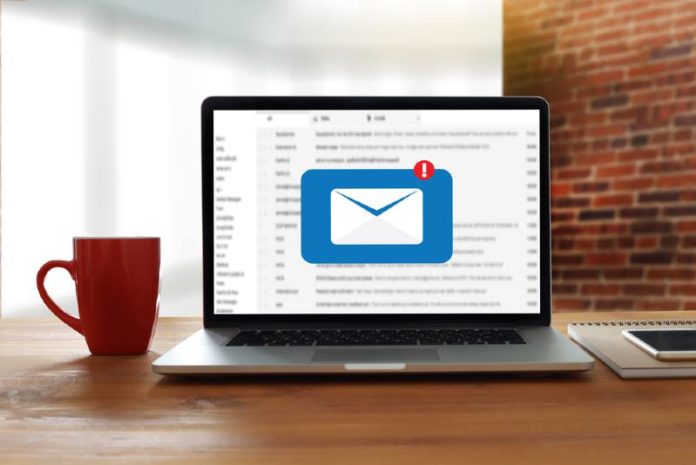There is one problem that makes most email marketers scratch their heads when it comes to campaign stats. No matter what they do, there are always several unengaged users on their list. Most of the time, it’s not even about having bad email content. It’s because some users are making an email list dirty by being inactive in general or deciding that the content, they receive is no longer relevant. Matters are made even worse when the same users won’t unsubscribe or don’t know how to.
So it all comes down as the email marketers’ job to keep their mailing list clean by practicing email list hygiene.
What Does Email Hygiene Even Mean?
Email list hygiene or email scrubbing is a “cleaning” process where you remove non-engaging, inactive, and bounced users from your mailing list.
Why Keeping Email Data Fresh is Important
Practicing good email hygiene makes your engagement data more accurate, therefore providing a higher open and click rate. Some users will mark or report your email as spam, and when they do, their email service will send your message straight to the spam folder, which is a waste of your resources. This is because they think they didn’t subscribe to your mailing list even though they did but simply forgot.
The worst part of it, the emails you send to the interested users will automatically go to the spam box as well. By keeping your email list clean and free of these “unengaged” users, you’ll have the opportunity to get better conversions, leads, and sales rates.
You’ll also be saving money because some email marketing services charge you depending on the volume of email you send or the size of your mailing list. Some even charge for both! Every unengaged subscriber on your mailing list costs you precious money.
Four Email Hygiene Tips Every Business Has to Consider
1. Avoid the spam filter.
Spam filters are set up by a user’s ISP or email service. Usually, these filters will send your email to the spam box if your subject line and body contains words that promote sales in essence. Examples of these words that promote sales include business, cash, cheap, congratulations, credit, and deal. Good marketers know how to write killer subject lines as part of effective email marketing strategies.
Another tip to let your emails avoid getting stuck in the spam filter is by keeping your email body simple. Don’t make it look like a brochure or an advertisement. Make your email look like a business memo. Use a single font, font size, and font color throughout the email body. Focus on getting to the point rather than dazzling your subscriber.
2. Adjust your email frequency.
We use emails for business purposes only, and seeing a distracting email at a wrong time makes us feel infuriated. According to some studies, there are three parts of the day where it’s best to send an email.
The first is from 5 am to 6 am, where most users are reading email while drinking coffee. The second is somewhere around 10 am to 12 noon when most entrepreneurs schedule their email reading and answering. The third is from 8 pm to 12 midnight, where users read emails before going to bed.
It is also advisable to send relevant content once a day. But when your brand is still a startup, you should begin by sending emails at least twice a month. If your click and open rates look promising, increase your email sending frequency to once a week. Then, make content to send every weekday.
3. Remove inactive customers.
These inactive customers have either specified their emails to bounce automatically, or they’re no longer using their address. As mentioned before, email marketing services will charge you for every mail sent whether a recipient reads your email or not.
Removing inactive users is relatively easy. Most marketing automation platforms have a filter function that segments users that did not open your emails. Then you can clean your mailing list with the delete subscriber function.
4. Never purchase email lists
Purchasing email lists sounds like an excellent way to widen your market pool of customers. In reality, it doesn’t. You shouldn’t buy an email list because it won’t give you qualified contacts – users interested in purchasing from your brand. Why? Because they don’t know your services yet and they’re not interested in it.
By buying an email list and using the contacts in it as your leads, you’ll only make your emailing list dirty. You’ll also waste money and your email marketing efforts.
Conclusion
Before removing unengaged users from your mailing list, try to reach out to them first. You can do this by giving them the option to unsubscribe from your services and letting them answer a survey, so you’ll know what went wrong.
By allowing your users to provide feedback, you’ll create content that would prevent your subscribers from reporting your email as spam. You’ll also keep them from being unengaged with your site. If you find some users who haven’t answered, these addresses are inactive and should be removed from your list.
Efrat Vulfsons is a data-driven writer and freelance publicist, parallel to her soprano opera singing career. Efrat holds a B.F.A from the Jerusalem Music Academy in Opera Performance.
Email list stock photo by one photo/Shutterstock







